 I have a dog we named Squid, because he has long turned up feet, a bit like the Squidward character in Spongebob Squarepants. Squid was in and out of the shelter at least three times by the time we got him. His problem seemed to be that he was very friendly and affectionate, liked to be held, and all the things that make a pet dog desirable, but if you accidentally stepped on his tail or his foot, or if someone accidentally pulled is hair, he’d turn on the offender with a growl. And if he was on the couch and you tried to push him over, he’d turn on you and growl.
I have a dog we named Squid, because he has long turned up feet, a bit like the Squidward character in Spongebob Squarepants. Squid was in and out of the shelter at least three times by the time we got him. His problem seemed to be that he was very friendly and affectionate, liked to be held, and all the things that make a pet dog desirable, but if you accidentally stepped on his tail or his foot, or if someone accidentally pulled is hair, he’d turn on the offender with a growl. And if he was on the couch and you tried to push him over, he’d turn on you and growl.
Well, here’s this perfectly friendly animal but suddenly he’s threatening, so back to the dog pound, especially if there were kids.
When we got Squid we realized he occasionally had seizures, or epilepsy. His whole body would stiffen up, his feet would jerk and tremble, and he’d vacate his bowels and throw up. So as soon as I would see him stiffen up and start to tremble, I’d move him from the carpet to the hardwood floor to make cleanup easier. It wasn’t hard to move him, he was as rigid as a piece of wood.
It wasn’t very long, however, before he was afraid of the hardwood floor. We had to put a carpet runner in the hall to get him to walk down to the bedroom at night. And we had to put his food bowl on the carpet, as he’d refuse to walk across the kitchen floor to eat.
He had another seizure while he was drinking from his water bowl, and from then on, he was afraid of the bowl. We changed bowls, tried turning off the lights, but he would bark until he got an escort to stand by him while he drank his water.
Squid is otherwise not a timid dog, and has — when harassed by big dogs – snarled and held his ground. But anything associated with a seizure – such as his water bowl or hardwood floors – terrifies him.
Seizures can be caused by a number of things. Brain lesions, electrical shock, high fevers, or too much insulin for example. Psychiatrists think that inducing a seizure by electricity (called ECT for electroconvulsive therapy) or insulin shock, will alleviate certain kinds of mental illness.
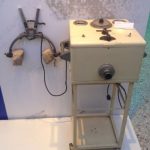
Cerletti’s original electroshock machine adapted from a slaughterhouse pig-shocker. Photo by Francesca.pallone
That stupid idea started when Ugo Cerletti watched pigs being shocked to prepare them for butchering. The shock caused the pigs to seizure and fall down, so it was easy to cut their throats. Cerletti, for some reason, thought this might be a way to treat mental illness, and developed the first ECT machine.
I was in a writing group with a woman who wrote very funny stories, but she had some troubles and received a course of ECT. After that she continued to write but she was no longer funny. Another writer, Ernest Hemingway, had a series of 20 electroshocks, went home, put a shotgun in his mouth and blew the top of his head off. So as a writer, I wasn’t very excited about ECT.
So if causing seizures — such as I witnessed with Squid — is supposed to cure anything, I’m not buying. He’s as crabby as ever if you step on him or try to push him off the couch, but he’s terrified of anything remotely connected to seizures. Those seizures did not remove any mental disturbances from him, they added compulsions and terror.
What worked with Squid was affinity, getting down on the floor and playing with him, talking to him during the day, using “watch out” to get him to move out of the way and something called a nerve assist which stops the seizure very quickly and gets him back to normal.
Recently the FDA reduced the threat level of ECT a notch to make it easier to use it on kids. Don’t buy it, it’s not a therapy at all, it’s like kicking you in the head and hoping you’ll be smarter afterward. You’ll be stupider and boots will terrify you.

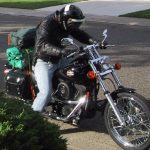



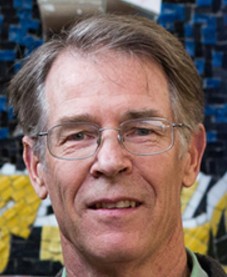
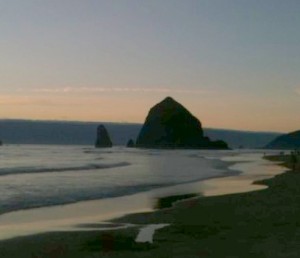
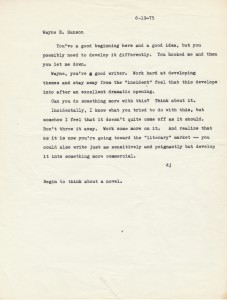


Recent Comments